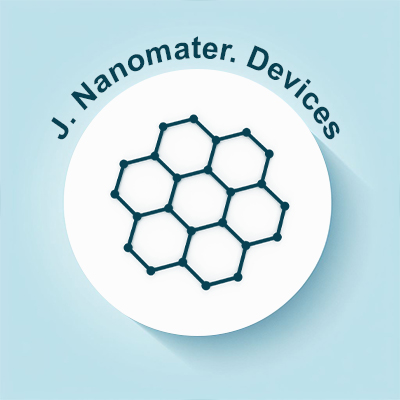
Journal of Nanomaterials and Devices
OPEN ACCESS

OPEN ACCESS
.jpg)
Department of Pharmacy, IGIPS-Indira Gandi Institute of Pharmaceutical Sciences, Odisha, India
The convergence of synthetic biology and nanotechnology-termed SynBioNanoDesign-has opened new frontiers in the development of next-generation targeted drug delivery systems (TDDS). By integrating the programmability of synthetic biology with the precision and versatility of engineered nanomaterials, SynBioNanoDesign enables the creation of highly specialized drug carriers capable of dynamic, stimuli-responsive, and site-specific therapeutic delivery. These hybrid systems offer several advantages over conventional drug delivery methods, including improved bioavailability, reduced systemic toxicity, enhanced cellular uptake, and the potential for personalized medicine. Synthetic biology facilitates the design of genetic circuits and biomolecular components that can be embedded into nanomaterials to achieve autonomous sensing, decision-making, and therapeutic release. In parallel, advances in nanotechnology provide customizable platforms-such as liposomes, nanoparticles, and dendrimers-for efficient encapsulation and transport of therapeutic agents. Despite these advancements, challenges remain in ensuring the biocompatibility, stability, and clinical scalability of SynBioNanoDesign-based systems. This highlights current strategies, key applications, and the potential of SynBioNanoDesign to transform drug delivery science, while also addressing critical limitations and future research directions necessary for its clinical translation.
Department of Pharmacy, IGIPS-Indira Gandi Institute of Pharmaceutical Sciences, Odisha, India